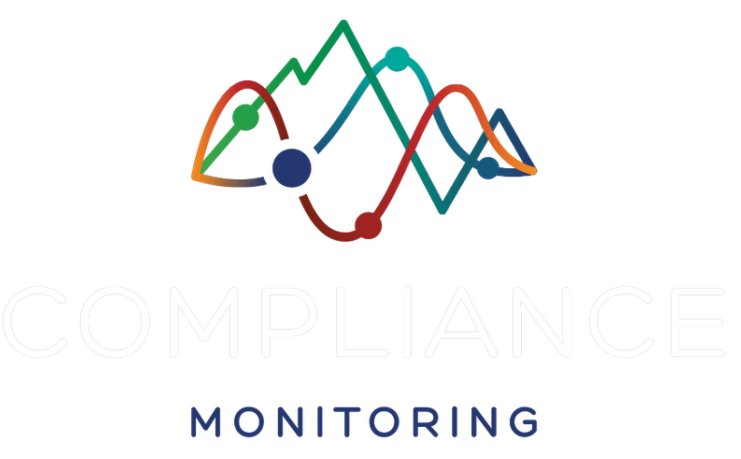Water
The fundamental objective of any monitoring program is to collect data that can be used to make informed decisions to best manage and improve the environment. Without a clear objective it will be difficult to collect enough relevant data that can be used to help address the issue at hand and achieve a suitable outcome.
Monitoring data is needed for many purposes, including to:
- Improve system understanding
- Establish appropriate indicators
Assess water quality against water quality objectives - Track management actions and water quality or ecosystem response
Drinking/potable water (NHMRC)
To maintain a high-quality drinking water supply, an understanding of the characteristics of the drinking water system is needed. This includes an assessment of hazards and their risks and the general processes and practices that affect drinking water quality including treatments and transport.
The drinking water supply system is defined as everything from the point of collection of water to the consumer and can include:
- Catchments, including groundwater systems
- Source waters
- Storage reservoirs and intakes
- Treatment systems
- Service reservoirs and distribution systems
Monitoring and testing of drinking water quality includes physical characteristics, metals, inorganic non-metallic, organic, radiological, toxicity, microbiological and biological properties and constituents.
Environmental protection/ANZECC
Guidelines have been developed depending upon the water use category. These include aquatic ecosystems, primary industry (livestock, general use and irrigation), industrial, recreation and aesthetic.
As an example, aquatic ecosystems can only be maintained if the ecosystems are protected from degradation.
Under ANZECC guidelines, chemical and physical water quality indicators, including toxicants, continue to be important surrogates for assessing and/or protecting ecosystem integrity.
Trade wastes (state water authorities)
Any wastewater discharge from business or industry, other than that which comes from staff amenities or office facilities, is generally classified as trade waste. These are regulated by state water authorities, as they are charged with oversight of water distribution and treatment.
Measurands are matched to the nature of the process and the likely waste constituents.
They are likely to include suspended solids, nutrients, oxygen demand, metals, acidity and specific pollutants from the process e.g. pharmaceuticals, oil and grease, surfactants etc.
